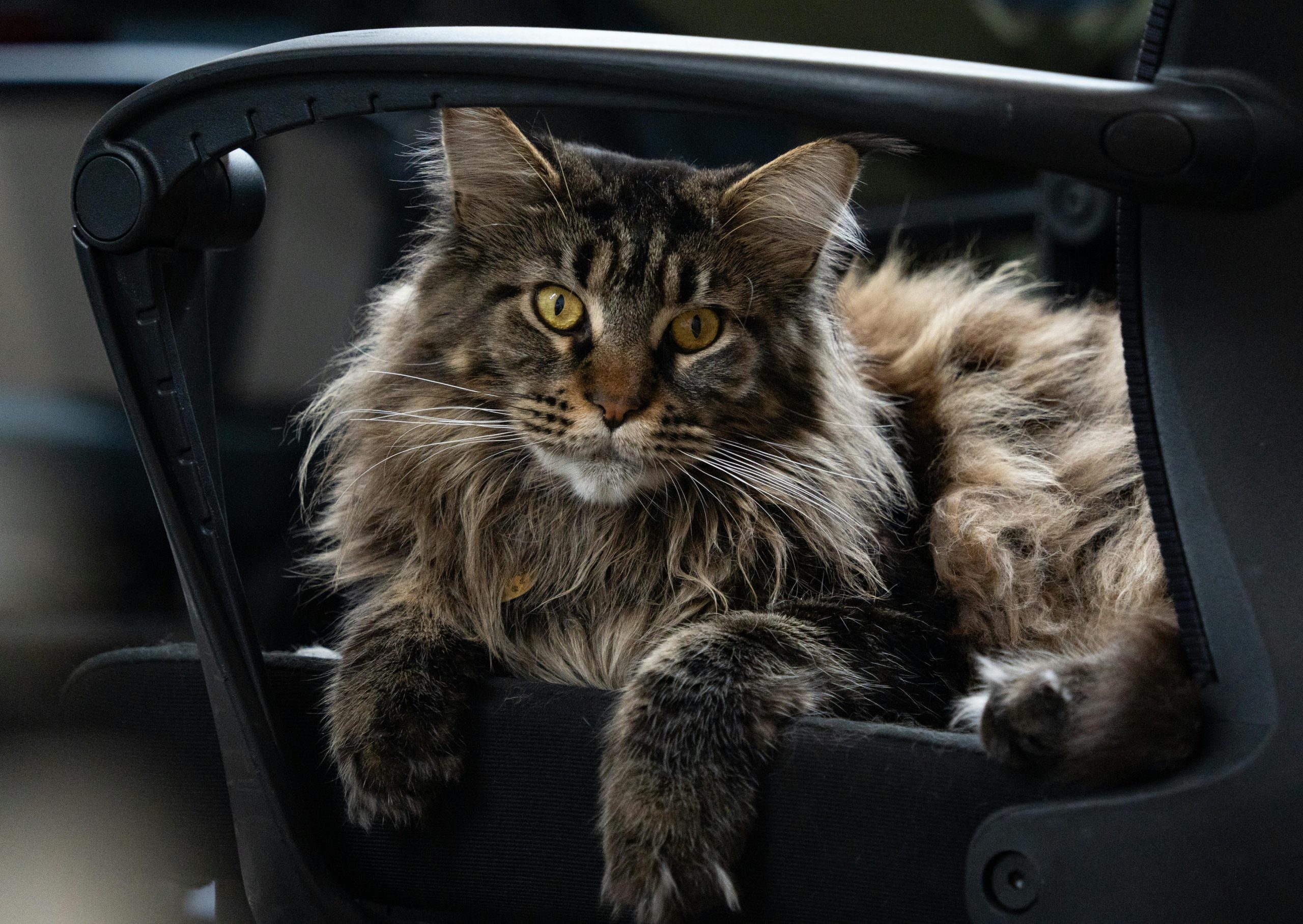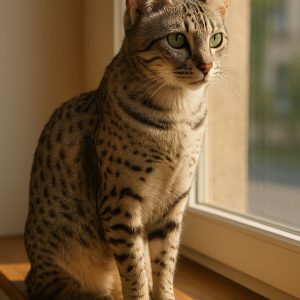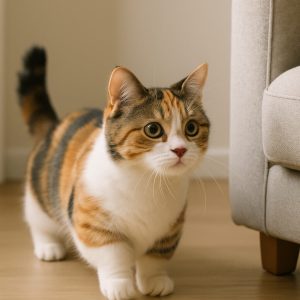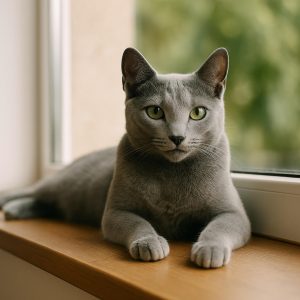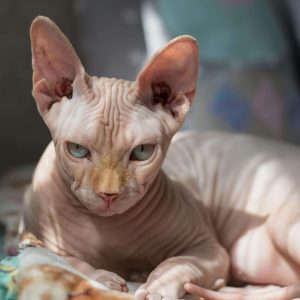Maine Coons often attract attention with their impressive size and distinct appearance. But beneath their fluffy exterior lies a breed that many people misunderstand. If you’re considering adopting a Maine Coon, it’s crucial to have a clear, realistic view of what Maine Coon cat care actually involves.
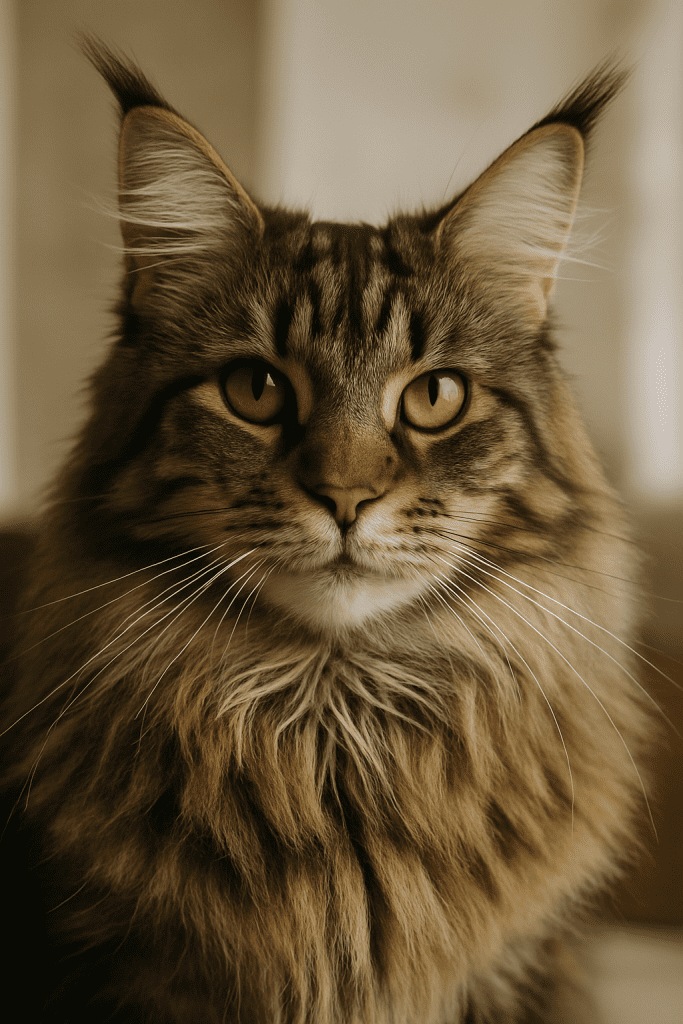
Origins and Common Misconceptions
The Maine Coon originated in the northeastern United States, especially in Maine. Although people often describe it as a “natural” breed, it developed in the 19th century through a mix of longhaired cats brought by European settlers and native shorthaired cats. Breeders later revived its population after a sharp decline in the mid-1900s.
Many new owners assume Maine Coons are wild or highly active. In reality, most of them stay quiet and prefer to keep their distance from unfamiliar people.
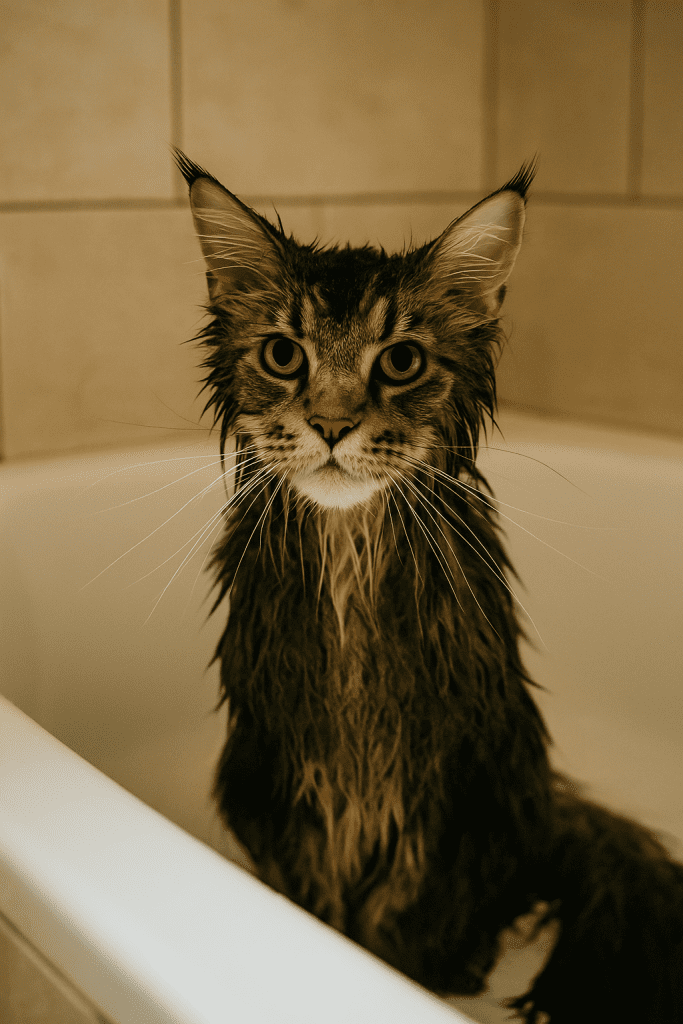
The Reality of Their Size and Appearance
Male Maine Coons often weigh between 8 and 11 kilograms, with muscular bodies that resemble small dogs. Their tufted ears, thick ruff, and large bushy tail give them a distinctive look.
Owners frequently compare bathing them to lifting a wet sack of laundry. Once soaked, their fur clings tightly to the body, making the cat resemble a soggy mop.
Their coats come in various colors and patterns, but grey tabby, cream-white, and silver appear most often in households.
Personality: Beyond the Gentle Giant Label
The label “gentle giant” fits their calm temperament, but not all Maine Coons seek affection. Most avoid strangers and don’t initiate physical closeness.
They enjoy observing from high places and rarely meow for attention. While they may follow trusted humans around the home, they often dislike being picked up or cuddled.
Practical Care and Living Conditions
Maine Coons need large litter boxes and sturdy cat trees. Although they don’t require constant stimulation, they feel confined in small spaces.
Their diet should include controlled fat content to prevent obesity. Their large size puts extra pressure on joints and organs.
Grooming requirements:
- Brush daily during shedding season.
- Brush 3–4 times per week otherwise.
- Pay extra attention to tail, belly, and armpit areas.
- Expect resistance if your cat doesn’t like grooming.
Health Risks in Maine Coon Cat Care
Owners must stay alert to breed-specific health risks:
- Hypertrophic Cardiomyopathy (HCM): This inherited heart condition appears frequently in the breed. Responsible breeders provide DNA test results.
- Spinal Muscular Atrophy (SMA): A neurological disorder affecting coordination. Some bloodlines no longer carry it.
- Hip Dysplasia (HD): Large Maine Coons often struggle with mobility as they age.
Veterinarians recommend annual checkups, weight control, and ramps or steps to protect joints.
Who Should—and Shouldn’t—Own a Maine Coon
Best suited for:
- People with enough living space.
- Individuals willing to commit to regular grooming and fur cleanup.
- Households with consistent routines.
Not ideal for:
- Renters or small apartments.
- People sensitive to pet hair.
- Owners expecting a cuddly, clingy cat.
Maine Coons impress with their presence, not their desire for affection.
Final Thoughts
Maine Coons combine visual impact with a calm and reserved temperament. Although their size and appearance may impress you at first, responsible Maine Coon cat care requires effort, patience, and realistic expectations.
If you value structure over spontaneity and prefer a quiet companion over a lap cat, this breed may fit well into your life.
